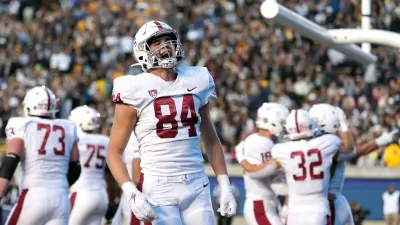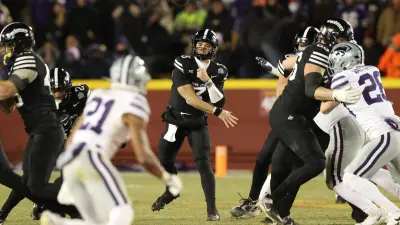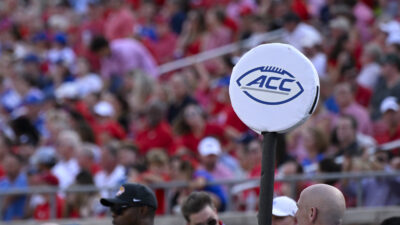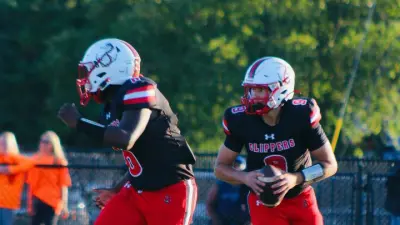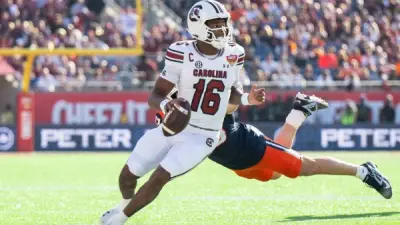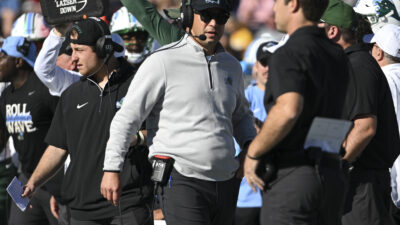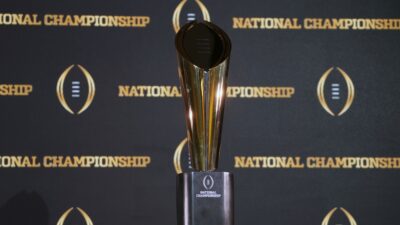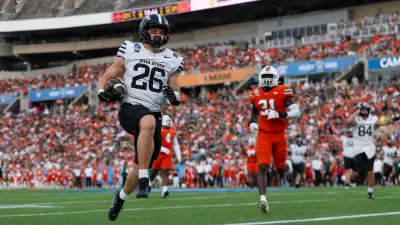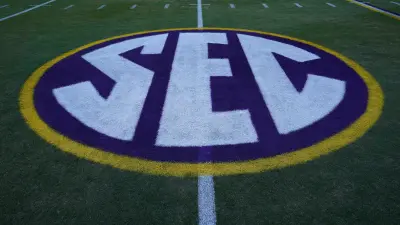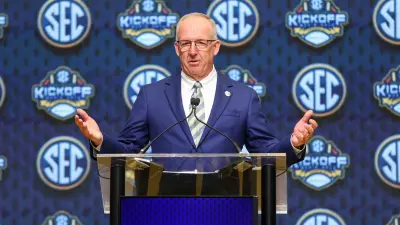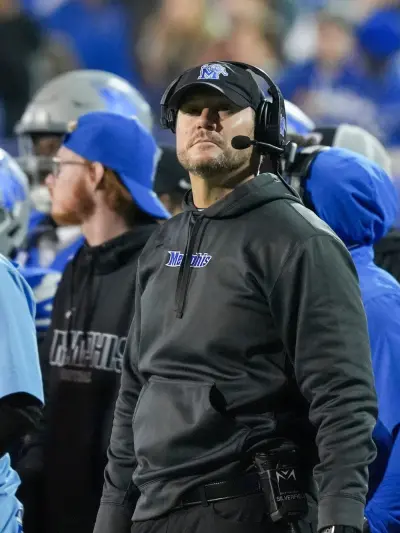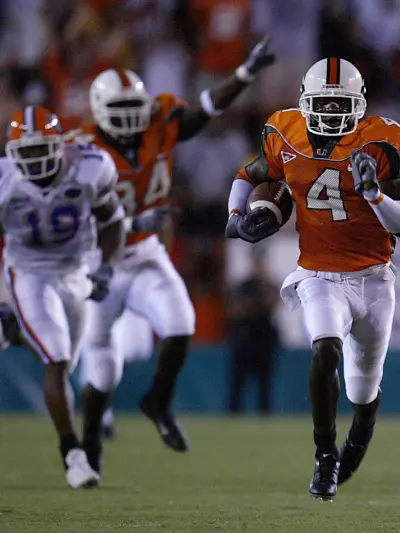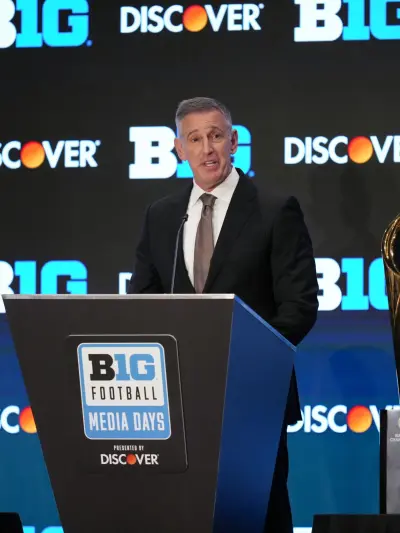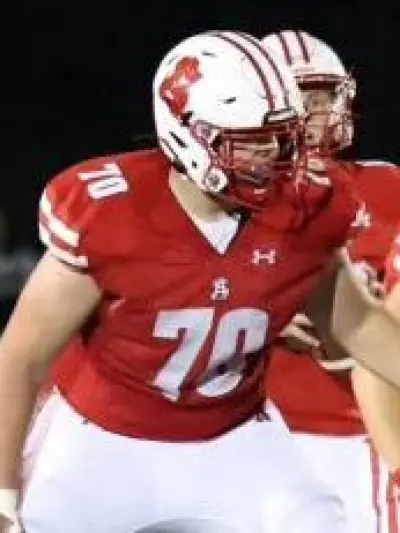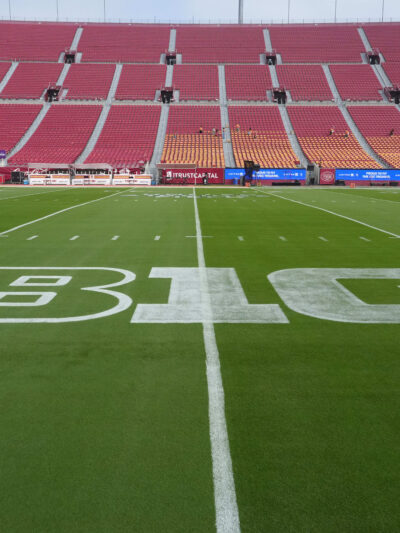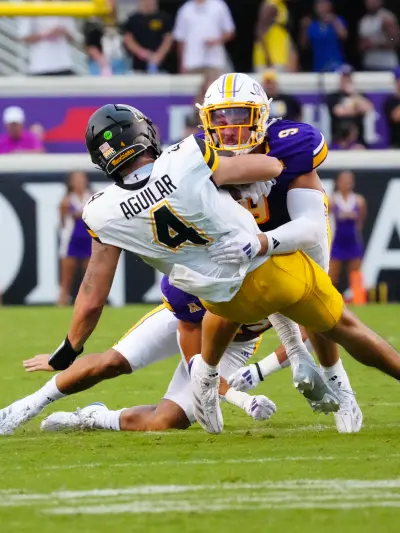by Kyle Golik
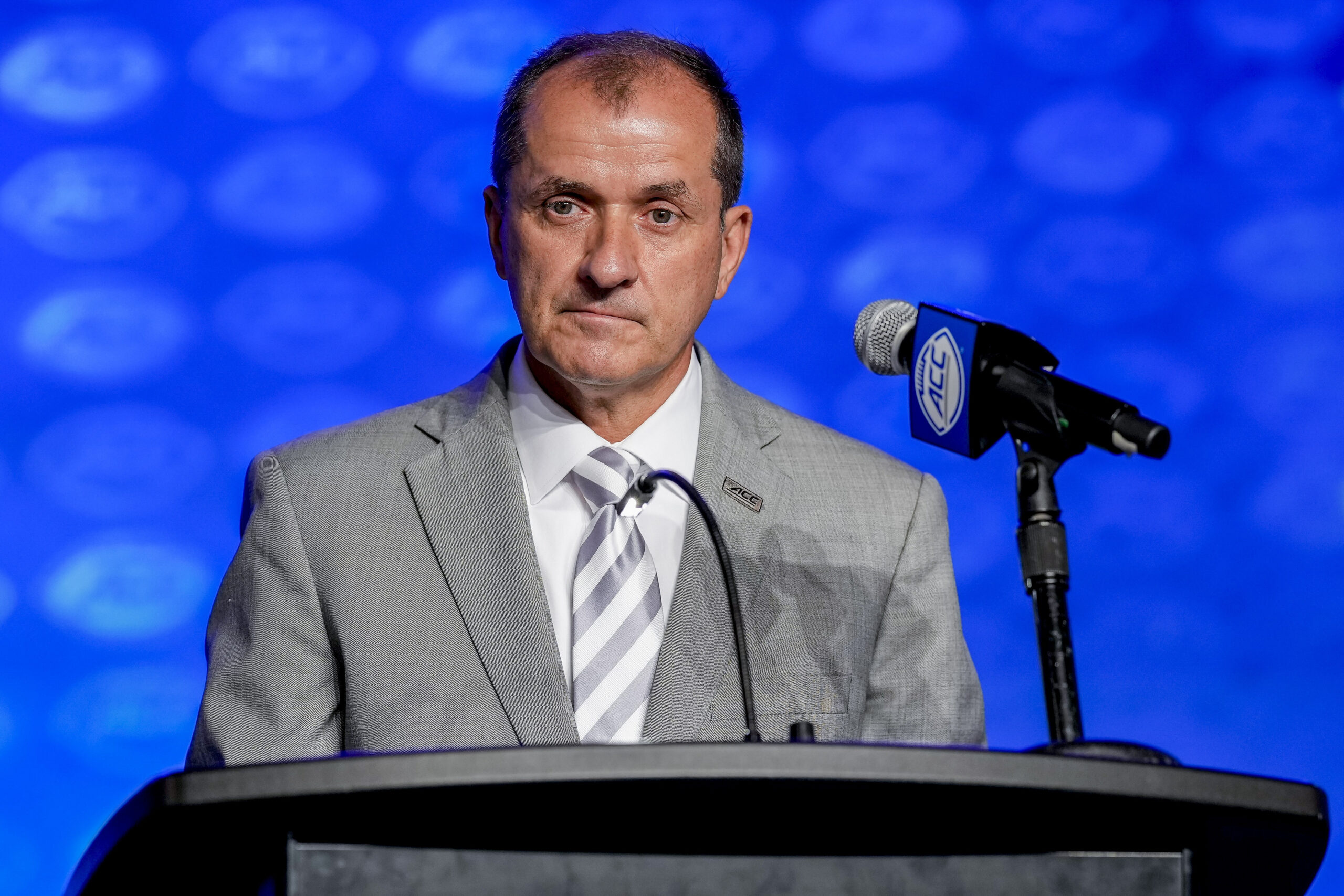
ACC Has Been Afforded Protection
“History is unkind to conferences that have not had the courage to expand,” Nebraska athletics director Trev Alberts told the Lincoln Journal Star’s Amie Just. “I don’t believe it’s done. It’s never been done. It’s more likely than not that there will be continued periods of angst. I believe that the next go-around – that’s my basic conclusion – will be far more disruptive than anything we’re currently engaged in. We need to prepare ourselves mentally for that.”
The ACC needed to protect itself and heed the words of Alberts.
ACC commissioner Jim Phillips saw what happened to George Kliavkoff and the Pac-12 that had to be a motivator for the conference. By adding three members, it secures its contract with ESPN because if malcontents Florida State, Clemson, and North Carolina leave, they are above that threshold.
More importantly, if those schools were to leave, it wouldn’t put nearly 15 great programs in a dire situation trying to cling to either the Big Ten, SEC, or Big XII. Athletic directors have to feel secure that no matter what that trio decides to do moving forward, they will have a conference for their athletes to play in.
From a TV market perspective, I get the brands Stanford, Cal, and SMU aren’t in the same league as major brands like Southern California, UCLA, Texas, or Oklahoma. But in regards to the way that media rights contracts are currently negotiated, this is a huge win. The ACC just added two Top 10 TV markets in San Francisco and Dallas-Fort Worth.
More Sports News
There is some value there, and you also allow East Coast brands to have a greater presence on the West Coast and in the state of Texas.
While most have written this isn’t a good deal now, I feel it may not initially be good for everyone now, but there is a lot of potential for all involved to make it a great deal all around.
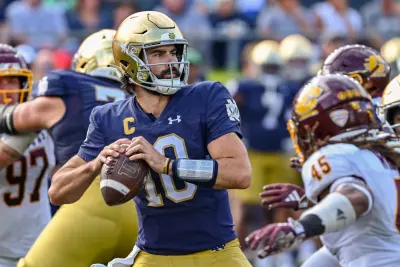
Notre Dame’s Influence
Even though Notre Dame hasn’t won a national championship since the 1980s and a major bowl win since the 1990s, it demonstrated how it still matters in college football and how much influence it can sway.
Notre Dame prides itself as a national brand. It also likes to play teams coast to coast to maintain its image of playing brand schools all over.
California is a key asset to Notre Dame. Their long-time rivalry with the Southern Cal Trojans has helped cement their reputation in the Golden State. With Southern California now in the Big Ten, and that conference having 18 teams, we do not know the scheduling logistics that may threaten that series. For Notre Dame, the greater good is maintaining a tie to California, and Stanford and Cal facilitate this.
This also protects Notre Dame’s other sports interests of having conference stability with the ACC.
This is the bigger coup for the Irish. If the ACC were to die, Notre Dame would lose all leverage in negotiations with either the Big Ten or SEC. This allows the Irish to maintain their independence in football, something that remains a primary motivator for the Irish.
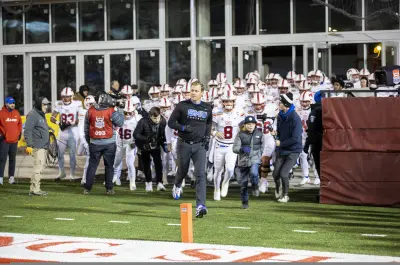
SMU Returns To Big-Time College Football
Most young people only know SMU from the ESPN 30 for 30 documentary Pony Excess, which told the story of SMU and the death penalty levied by the NCAA.
What a lot of people don’t realize is there was a time in the history of college football when SMU was a bigger brand and power than Texas. That may be hard to fathom, but it was true.
Since returning to college football in 1989 under Forrest Gregg, the Mustangs have tried to restore its image amongst the biggest players in college football.
Looking at their peers in the Lone Star State, almost every major program since 1989 has won big and accomplished something of magnitude.
SMU has flirted a bit with the big-time. Guys like June Jones, who started to build the foundation, Sonny Dykes, who took it to another level, and now Rhett Lashlee, who wants to realize the full potential of SMU, this is now officially a power program.
If the hyper-competitive landscape in Texas recruiting is not high enough, some more gas was added to that fight. With the Boulevard Collective, SMU’s NIL collective, willing to invest at levels that are on par with any elite NCAA program, the fertile Texas recruiting territory, plus being in a major TV market – this is a sleeping giant.
Its proximity to AT&T Stadium, much like how the big games for SMU were played at Texas Stadium in the 1980s, can host major games, and that is always something TV networks like.
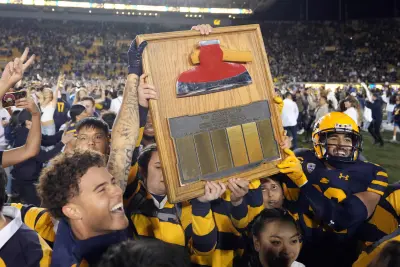
Stanford and Cal Find A Conference & Avoid Financial Complications
If you ask any Big Ten administrator today, while they are happy Stanford and Cal found homes, the place they would want them would be in the Big Ten. Both sides know that from both an academic and athletic perspective, the Bay Area rivals are very much Big Ten schools.
On their own, the numbers were meager if Stanford and Cal were to have gone it alone. Some estimated at most $10 million and as little as $4 million. That doesn’t finance or help run these massive athletic departments at all. Neither school was seriously interested in joining the American Athletic Conference or Mountain West.
TV is influencing a lot of the decisions, and between TV executives not willing to pay and university administrators not willing to take a lesser share, Stanford and Cal had to go to the ACC.
The ACC has a similar model that the Pac-12 has from an academic and athletic experience that provides the same homes for Olympic sports for these programs to play in.
Stanford is the best overall athletic program in the country. This isn’t even up for debate. Being crowned the winner in 26 of 29 Director’s Cups solidifies that statement.
What doesn’t solidify Stanford, even with the dominance in every other sport, is that football seems to escape the mighty Cardinal.
Jim Harbaugh and David Shaw proved they both could make Stanford very relevant. It is up to the school to realize while they have the best overall athletic department in the nation, the football program needs a lot of work under first-year coach Troy Taylor.
Cal Athletics financially, isn’t in a really good spot, as debt from major projects consumes nearly 20% of its annual revenue, and that debt obligation climbs even more over the next decade. According to 2021-2022 fiscal year report Cal’s debt was just under $440,00,000. Fortunately, they completed or should have completed much of the improvements to Memorial Stadium and other athletic facilities.
It is a make-or-break year for Justin Wilcox. He needs get Cal back to a bowl game this fall. The Bears haven’t been to a bowl in three seasons.
For the ACC, neither adds immediate football excitement. It is all about potential at this point. If anything, this round of expansion reinforced that schools must take football seriously. Even with the athletic resumes Stanford and Cal possess and their lucrative home market, TV networks aren’t interested in much of anything except for football.
That motivation, if Stanford and Cal heed the lesson learned here, can bode well for those programs and the conference as a whole.
